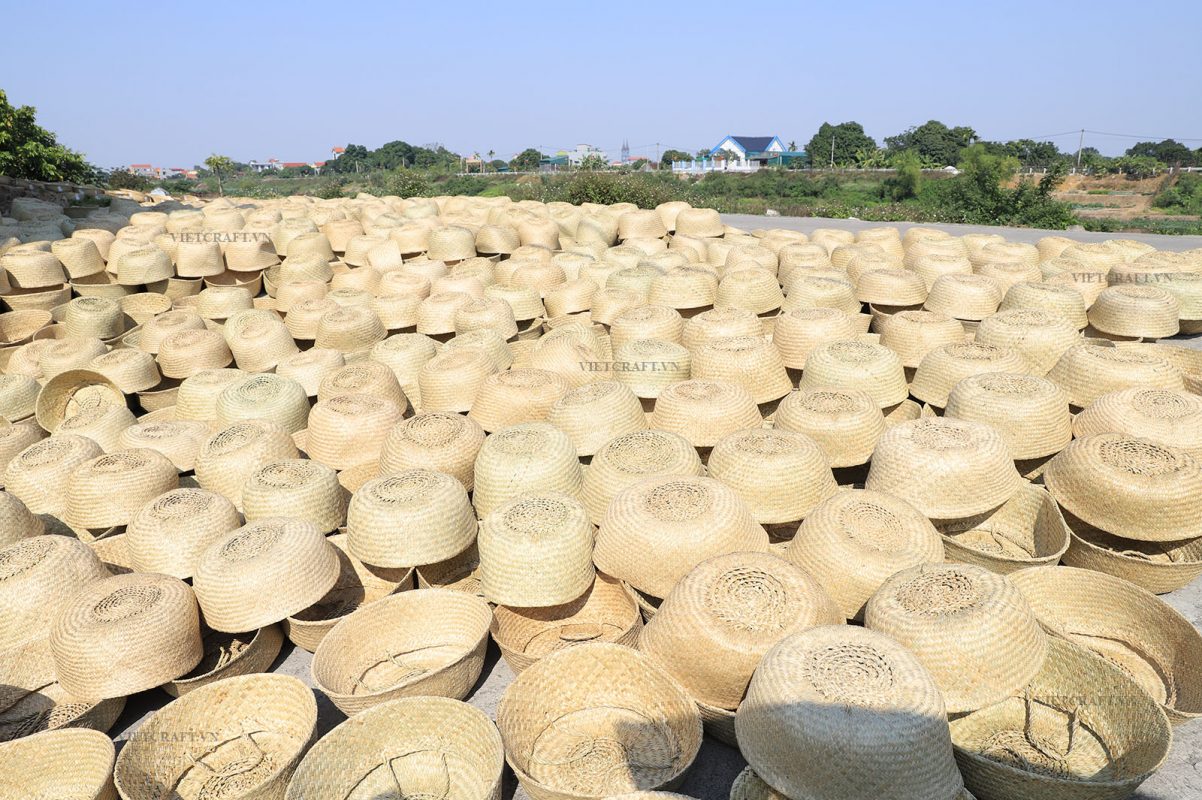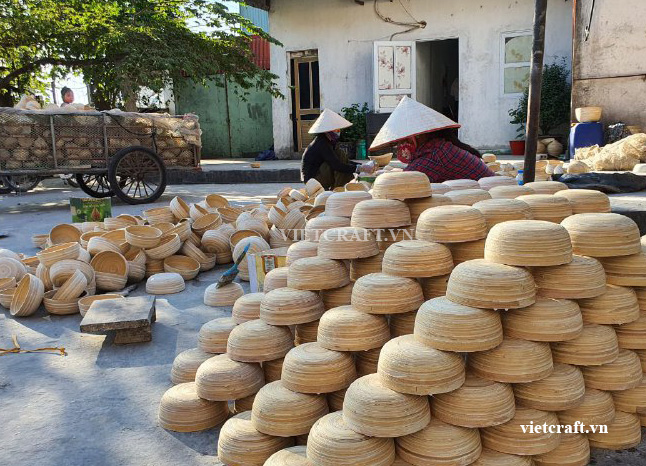News
Vietnam Handicraft on the Preservation and Sustainable Development of Traditional Handicraft
Vietnam has many well-known handicraft villages of ceramics, lacquer, weaving, carving… Handicraft villages is an important factor, contributing to the restructuring of labor structure, agricultural and rural economic structures in localities. However, due to various causes, some handicraft villages are dying out.
These long-standing handicraft villages in the province are associated with local characteristics. However, in development trend of the market mechanism, many handicraft villages cannot keep up, are gradually losing their market share and consumers. Thus craft businesses open merely for the owner’s passion and for keeping the tradition of their father, do not take account of expanding their business scale or improving products to keep pace with consumers’ needs. On the other hand, the business scale shrinkage of handicraft villages is because of the low income, thus craft business is no longer the choice of majority people under working age in rural areas.

In addition, due to market impacts, changes of consumer taste, urban planning, expansion of industrial zones, traditional craft villages in Vietnam are downsizing. Moreover, craft production is still self-sustaining, dispersing, lacks sustainability, has small production scale, mainly households. The investment, improvement and application of new technologies are also limited, product quality and aesthetics is still low, and low competitiveness compared with industrial items.
In order to preserve and develop craft villages, Vietnam Handicraft has implemented specific solutions such as building a stable raw material area. Accordingly, for raw materials which are agricultural products, because land area for raw material production is narrowing, it is necessary to enhance the application of modern technology to increase the productivity of raw material production. Craft villages need to sign contracts with partners with specific and clear binding terms to build up a stable raw material area in terms of quantity and price.
Craft villages needs to balance economic development with new rural construction on the basis of promoting, preserving national cultural identity and protecting the ecological environment; accelerate in-depth investment to increase competitiveness, diversify products and apply new technologies; combine traditional techniques with advanced technologies to create traditional, sophisticated, modern products. In addition to the preservation, it is important to concentrate on restoration, development of crafts and villages that have potential and competitive advantages of raw materials, skills, production techniques, have the ability to compete on the market, attract many workers to contribute to actively create jobs for local laborers.

